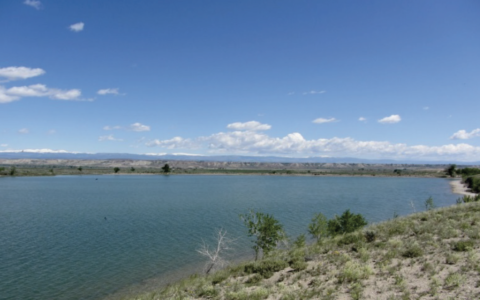
Ute Indian Tribe of the Uintah and Ouray Reservation
Ute Indian Tribe of the Uintah and Ouray Reservation
The Ute Indian Tribe is located on the Uintah and Ouray Reservation in northeastern Utah, approximately 150 miles east of Salt Lake City. The Reservation lies within the drainage of the Upper Colorado River Basin. The Ute Indian Tribe consists of three bands: Uintah, White River, and Uncompahgre. These tribes once lived in an area spanning from the Wasatch Front all the way to the Colorado Front Range – from present-day Salt Lake City to Denver. The Uintah Band is indigenous to what is now known as the state of Utah and has lived in the area since time immemorial.
Today, the Reservation is the second largest Indian reservation in the United States, covering more than 4.5 million acres. The Ute Indian Tribe has a tribal membership of almost 4,000 individuals, a majority of whom live within the exterior boundaries of the Reservation.

Historical Use and Cultural Importance of Water
Drought has been a common occurrence on the Reservation throughout history, and the future impacts of climate change present concerns for the future livelihood and health of the region. Tribal lands suffer during frequent drought cycles that reduce available water supplies, especially since tribal water storage has not been developed.
Prior to the Reservation’s establishment, the Ute Indian Tribe’s ancestors utilized water for all purposes necessary to sustain their nomadic hunting and gathering-based lives. In particular, they valued wildlife habitat areas as hunting and fishing grounds, and natural flowing streams and springs played a part in religious and cultural practices. Irrigation has been practiced by the Ute Indians for many years since the Uintah Valley and Uncompahgre Reservations were established. Because the United States government, acting through Indian agents, had the expectation that the members of the Ute Indian Tribe would cultivate crops and farm Reservation lands, several small irrigation ditches and farmlands totaling close to 6,000 acres of land were cultivated and irrigated on the Uintah Valley Reservation in the Lake Fork River and Uinta River Basins.

First Tribal Water Rights Decrees and Challenges
The United States, through the United States Indian Irrigation Service, made application on behalf of the Ute Indian Tribe to the Utah State Engineer in 1905 to appropriate water within the Reservation for the Uintah Indian Irrigation Project (UIIP), a system constructed to serve 78,950 acres of allotted lands. Utah issued water right certificates for the Project to the United States as trustee for the Ute Indian Tribe. Other water rights were also approved by the Utah State Engineer between 1906 and 1915, and by 1916 there were increasing conflicts between the Ute Indians and their neighbors over the water allocations in the Lake Fork, Yellowstone, Whiterocks, and Uinta Rivers.
Today, though the Ute Indian Tribe holds senior reserved water rights to the natural flows of several rivers in the Uinta Basin, seasonal flow variations frequently do not correspond with crop water demands. Often the Ute Indian Tribe’s and allottee’s crops are left dry while non-UIIP irrigators utilize storage facilities for supplemental water. Based on Reclamation standards, it is estimated that tribal lands receive an insufficient water supply in seven out of ten years.




















